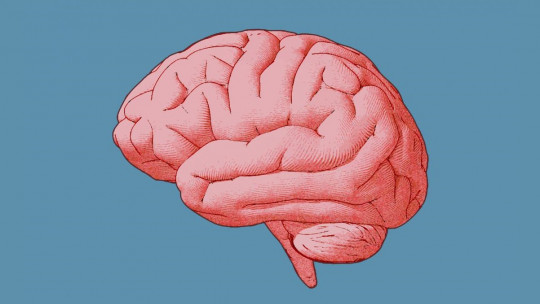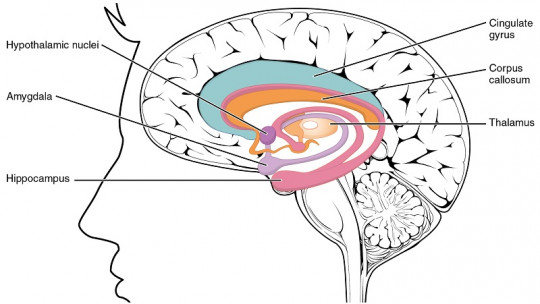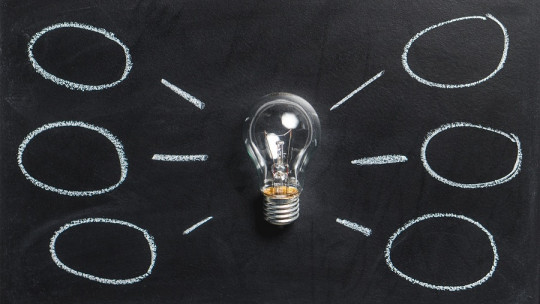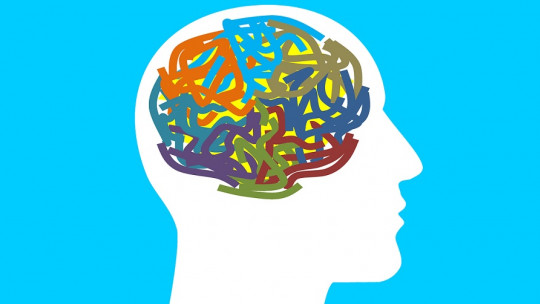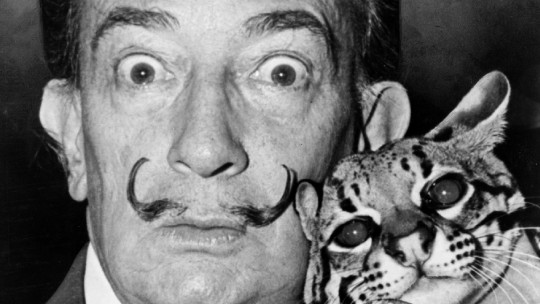When we talk about theory of mind, we refer to the ability that human beings have to perceive and predict that other people also have their own ideas, thoughts, feelings and that, like ourselves, they also have an internal state.
In this PsychologyFor article, we are going to explain to you in which cases there may be a deficit in this ability and finally we will explain some exercises so that you can know how to work the theory of mind step by step
What is theory of mind?
It is said that a person has adequately developed the theory of mind when they are able to understand that the other person has their own mental states and that they may be different from their own. This ability develops from 4 or 5 years of age when other skills have been developed. basic cognitive abilities<
This theory is extremely important because it is necessary to develop this ability to be able to interact with others and also to be able to be empathetic with them and understand what happens in their internal world, as well as their way of acting and behaving. But what happens when this skill is not developed properly?
There are some cases in which there may be difficulties for the person to adequately develop the theory of mind, the most common case is people with Autism Spectrum Disorder.
Development of theory of mind in children with autism
People with Autism Spectrum Disorder (ASD) can’t really distinguish what happens in their internal world and what happens in the internal world of others. It is for this reason that it is extremely difficult for them to be able to interact with other people appropriately since they lack empathy.
Among the main difficulties that people with Autism Spectrum Disorder show are the following:
- Difficulty in realizing the true intentions of others.
- Difficulty understanding the emotions and feelings of others, therefore empathy cannot exist in the relationship.
- Difficulty predicting and understanding the behavior of others.
- Difficulty realizing how his comments and actions influence what people think of him.
- Difficulty understanding the reason for social interactions.
- Difficulty realizing whether or not you are being deceived, as well as lying.
If you want to know how to correctly develop their skills, we recommend reading the following article: the theory of mind in children with autism.
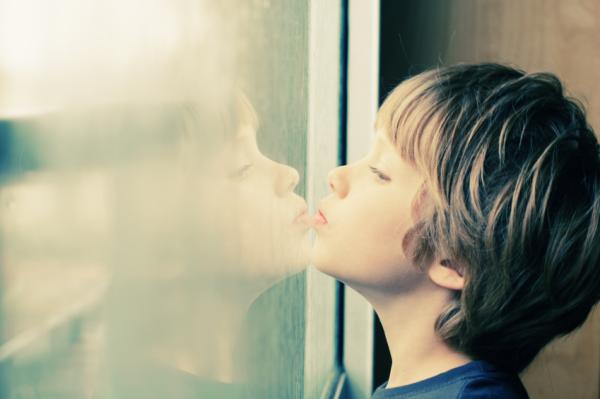
How to work on the theory of mind step by step: exercises and examples
Below we are going to show you some exercises that are applied in children with Autism Spectrum Disorder that will help them little by little to be able to connect with themselves and with others and, above all, so that they can go developing theory of mind<
Exercise to facilitate your relationship with the environment
This exercise will allow you to begin to become familiar with the use of verbs associated with each sense (sight, hearing, taste, touch and smell). Below we show you how to do it.
- Sense of sight: Verb- see. On top of a table, put 3 objects in front of the child and ask him what he sees on the table. After he has answered what he is seeing, ask him the question: “What do I see on the table?” and wait for the child to answer correctly. Likewise, you change the objects or increase the number of them, you can even place different objects in front of yourself and in front of yourself. After having carried out this exercise, others are carried out where the objects are distributed in a room and these types of questions are asked, as well as it can also be carried out on the street or seen through the window, that is, stay away from both.
- Sense of smell: Verb-smell. The child is exposed to different objects, which he has to smell and answer the question: “What do you smell?”, and then answer questions like: “What do I smell?”
- Sense of taste: Verb-know. The child is given sweet, salty, sour, spicy foods, etc. to try. and they are asked what each one tastes like. We can also use some support material that allows you to graphically see what is eaten and the face that a person normally makes when trying different types of flavors.
- Hearing: Verb- hear. Objects that make different sounds are used and with each of them the child is asked what he hears and at the same time he is told what he is hearing, as well as asked what he is hearing.
- Touch: Verb-to touch. In this type of exercises you can give the child an order such as: “touch the chair”, “touch my face”, etc. As well as he is also asked to describe what he is doing, in this case it would be: “I am touching the chair”, “you are touching your face”, etc. Also ask them what the other person is touching or doing.
Exercise to facilitate visual perspective
These exercises help the child understand that each person can see different things
- Exercise. The child is asked to draw something different on each side of a sheet of paper. Then we stand in front of the child and, lifting the sheet of paper, we ask him: “What do you see on the sheet?” After he answers, we ask him: “What do I see on the sheet?” to which the child has to answer what is in the drawing on the other side of the page. This exercise is repeated with other drawings, even if the child does not know how or does not want to draw, you have to make the drawings yourself.
Next, to complement these exercises to develop the theory of mind step by step, we offer you 15 relaxation exercises for children.

More exercises to work on theory of mind
Other examples that we want to propose to you in order to correctly develop this skill are the following:
Exercise of situations and different perspectives
The objective of this exercise will be to teach the child that each person can experience and know things different from what another person experiences. For example, one person may know that the water is cold because he has touched it before, yet another has not and therefore cannot know.
-
Exercise. A box is placed in front of the child and he is also asked: “Do you know what is inside this box?”, the child answers that he does not know and is told that he cannot know because the box is closed and he cannot see it. Then he opens the box and is asked again what is inside it, to which the boy answers what he sees. He is made to know that what he has said is correct and he is told that he knows it because he has been able to see it. The same can apply with a surprise gift.
Exercise to know the difference between saying and thinking
This type of exercises have the purpose that the child experiment and recognize different verbs and also relate them to mental actions since this will help you apply them to other people. You will begin to perform simpler and easier exercises like the one we will show below, however it is necessary that they gradually increase in difficulty.
-
Exercise. Graphics and cartoons can be used to show the child different everyday situations, such as, for example, showing him an image of a child who is looking for his toy and while doing so it is explained that the child is surely thinking something like: “in Where will my toy be?”, then the child finds his brother and asks him: “Where is my toy?” so that he realizes the difference between thinking and saying.
This article is merely informative, at PsychologyFor we do not have the power to make a diagnosis or recommend a treatment. We invite you to go to a psychologist to treat your particular case.
If you want to read more articles similar to How to work on theory of mind step by step we recommend that you enter our Cognitive Psychology category.
- Anabel Cornago, AC (sf). THEORY OF MIND – how to work on it step by step. Retrieved November 5, 2018, from https://es.scribd.com/doc/18696384/TEORIA-DE-LA-MENTE-como-trabajarla-paso-a-paso

